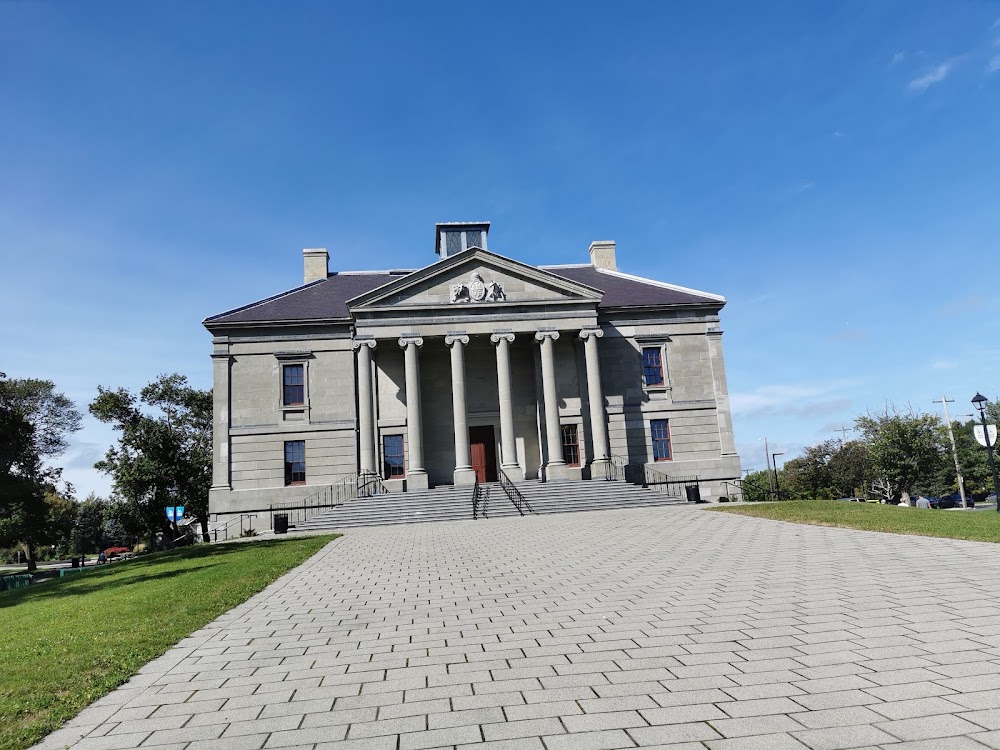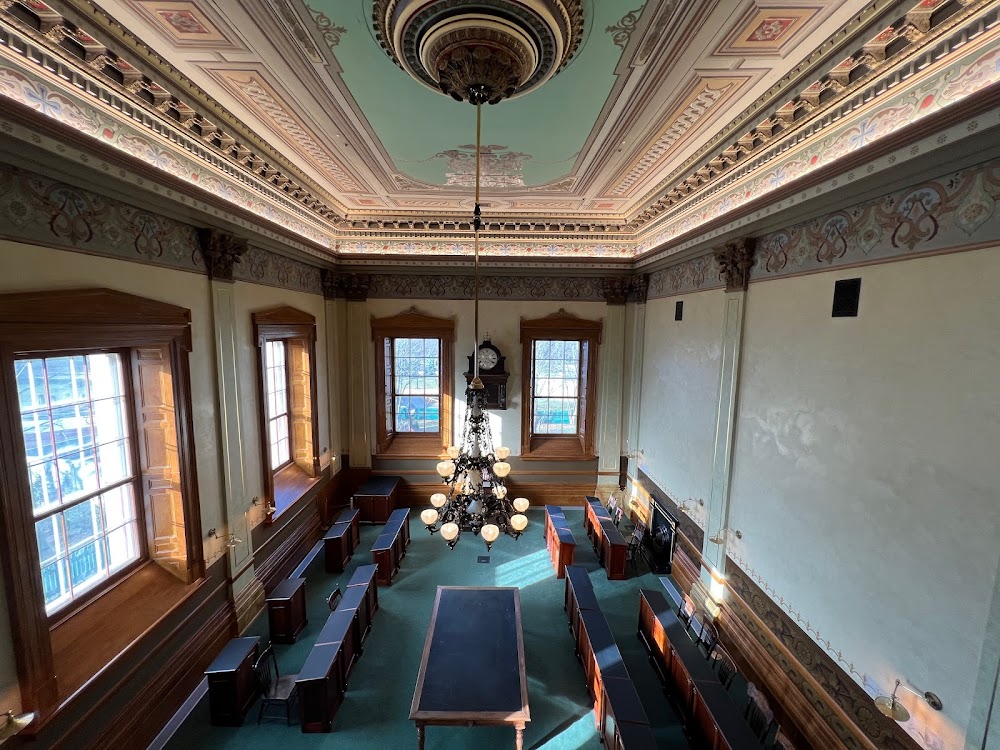Old Colonial Buildings (Bâtiments Coloniaux)
Overview
In the charming city of Matam, Senegal, the Colonial Building, often referred to as the "Old Colonial Buildings," is a remarkable testament to the region's rich history and architectural evolution. Built during the late 19th and early 20th centuries, this iconic structure emerged during Senegal's French colonial rule. Originally designed to serve as administrative headquarters, residences for colonial officials, and various governmental facilities, the building encapsulates a pivotal era in the nation's history.
The architectural design of the Colonial Building is a beautiful amalgamation of European influences and local craftsmanship. French architects and engineers crafted the initial blueprints, emphasizing classical design elements such as symmetry and proportion. However, it was the skilled local artisans who brought the designs to life, using traditional Senegalese techniques and materials that infused the structure with a unique cultural identity.
One of the building's most striking features is its grand facade, adorned with large arches, ornate balconies, and shuttered windows. Constructed from locally sourced bricks and stones, the building not only boasts durability but also harmonizes with its natural surroundings. The thick, robust walls provide insulation against the tropical heat, while high ceilings and wide verandas enhance ventilation and shade, creating a comfortable environment.
Another distinctive element is the roof, typically adorned with red clay tiles imported from Europe. These tiles were selected for their weather resistance and durability. The sloping design efficiently channels rainwater runoff—an essential feature during the heavy rains of the season. Inside, the Colonial Building is characterized by elegant wooden doors and intricately carved latticework, showcasing the exceptional skills of local craftsmen.
The interior was thoughtfully designed to accommodate the administrative needs of its time. Spacious rooms, expansive hallways, and lofty ceilings provide a comfortable working environment. Ornate moldings, wooden paneling, and tiled flooring enhance its aesthetic charm. A blend of imported European and locally crafted furniture reflects the cultural fusion of colonial and indigenous influences.
Constructing the Colonial Building was a significant undertaking that required extensive labor. Local laborers and craftsmen were employed in large numbers, contributing not only to the economy but also to skill development in the region. By integrating traditional building techniques such as lime plaster and mudbrick with newer European methods, the project resulted in a functional yet beautiful architectural fusion.
Throughout its storied history, the Colonial Building has adapted to the dynamic political and social landscape of Senegal. After gaining independence in 1960, it continued to serve various governmental purposes. Today, it stands as a symbol of Senegal's resilience and cultural heritage, as well as an architectural treasure.
Presently, the Colonial Building in Matam is a popular destination for tourists and history enthusiasts alike. Preservation and restoration efforts are underway to ensure that its historical and architectural significance is maintained for generations to come. Guided tours offer visitors valuable insights into the colonial era and the unique building techniques employed, while exhibitions and events celebrate the vibrant culture and history of the region.
In conclusion, the Colonial Building in Matam is an extraordinary example of how colonial history and local craftsmanship converge to create lasting landmarks. Its construction and ongoing preservation are a testament to the ingenuity and resilience of the Senegalese people, positioning it as an invaluable part of the country's architectural and cultural heritage.






